Crow Pose Tutorial
UPGRADE YOUR CROW POSE
SHOULDER ACTIONS FOR OPTIMIZING STRENGTH
FULL WHEEL
CROW POSE TUTORIAL: FIND FULLNESS TO FIND STABILITY
Finding fullness in our yoga practice usually starts with our connection to breath. It’s not uncommon to take our time at the beginning of class to ground ourselves in the breath first. Finding fullness means creating space and expansion in the body and mind. In this tutorial, we find this fullness first in the breath and then in action in the shoulders, more specifically with the shoulder blades (scapulae), called protraction, while setting up for Bakasana (Crow Pose).
It’s through movement of the scapulae that we begin to understand what is available to us, not only in Bakasana, but in so many other yoga postures, including more advanced arm balances and, more importantly, in everyday functional movement.
ARM BALANCES
Learn 12+ arm balances while expanding your knowledge of the body and increasing your body awareness. All classes are 75 minutes and ALL-levels appropriate
- Crow Pose, Side Crow, and variations
- Flying Pigeon, Koundinyasana 1 & 2
- Titibhasana, Bhujapidasana
- Handstand, Forearm Stand, and many more!
SALE PRICE: $198.00 $128.00
THE ANATOMY OF CROW POSE
The scapula is a sturdy bone that is flat in shape. “Flat bones provide protection and a place for broad muscles to attach.” (Long, Raymond A. MD, FRSC, The Key Muscles of Yoga, Bandha Yoga Publications LLC, 2006, pg. 11)
This is where we find our rotator cuff muscles (subscapularis, supraspinatus, infraspinatus, and teres minor). The rotator cuff muscles are responsible for stabilizing the head of the humerus (upper arm bone) within the shoulder (glenohumeral joint).
The shoulder, like the hip, is a ball-and-socket joint allowing for a great deal of range of motion. It allows for an even greater range of motion than the hip because of the upper arm bone’s shallow placement in the shoulder joint. This extra range of motion comes with a price — it leaves our shoulders vulnerable, with limited stability. That doesn’t mean “game over.” With awareness of this area and activation of the stability within other parts of the body, we can create a more balanced relationship between mobility and stability in the shoulder.
The scapula, on the other hand, is stabilized by the muscles of the serratus anterior and the rhomboids.
There are 4 main movements of the scapula:
- Retraction — through the actions of trapezius, rhomboids, and latissimus dorsi muscles
- Protraction — through the actions of serratus anterior, pectoralis major, and pectoralis minor muscles
- Elevation — through the trapezius, levator scapulae, and rhomboid muscles
- Depression — through the force of gravity and actions of the latissimus dorsi, serratus anterior, pectoralis major and minor, and trapezius muscles
Cowan PT, Mudreac A, Varacallo M. Anatomy, Back, Scapula. [Updated 2021 Aug 11]. In: StatPearls [Internet]. Treasure Island (FL): StatPearls Publishing; 2021 Jan-. Available from: https://www.ncbi.nlm.nih.gov/books/NBK531475/
(There are other movements of the scapula, but in this tutorial, we focus on protraction.)
CROW POSE ACTIONS
As Matt is setting up Bakasana, we see how important it is to find this fullness when we go into protraction of the scapulae. This fullness extends beyond the shoulders, all the way into the arms and even into the fingers. Here, our breath body meets the actions of our physical body through the fullness and expansion at the back and into our fingers, strengthening not only the posture but the serratus anterior muscles and the shoulder girdle.
With increased stability and strength, we actually find a lightness that Matt talks about and demonstrates so that we can find the elevation required to sustain Crow Pose.
If you are yearning to broaden your understanding of the mechanics of the shoulder, you won’t want to miss out on Shoulder Revelation! Here, you’ll find 12 all-levels, technique-based yoga practices to develop great awareness, strength, range of motion and capability in the shoulder girdle. In these live practices with Matt, you will work through the mechanics of bound postures, heart openers, and arm balances as well as some imperative drills to maintain healthy muscles and joints.
SHOULDER REVELATION
Strength•Mobility•Biomechanics
- Increase strength and flexibility
- Decrease risk of injury
- Release shoulder tension
- Learn anatomy and biomechanics
- Access a wider range of postures
- Stabilize the rotator cuff muscles
- Learn binds, heart openers, and arm balances
- 12 all-levels, 75-minute online classes
- Lifetime unlimited access to all
$198.00 $138.00
Continue Learning
Eight Angle Pose
Eight Angle PoseASTAVAKRASANAEIGHT ANGLE POSE Sometimes we think arm balances are about getting higher, but Matt reframes Eight Angle pose as a mechanics workshop. This posture thrives when we test rotation, pelvic placement, and upper-body stability as interconnected...
Approachable Arm Balances
Approachable Arm BalancesPARSVA BAKASANAAPPROACHABLE ARM BALANCES Approachable arm balances aren’t about fearlessness; they’re about informed action. When we understand the mechanics behind the posture, we gain the power to shape our own outcomes. Rather than jumping...
Perfect Protraction For Crow Pose
Perfect Protraction For Crow PoseBAKASANAPERFECT PROTRACTION FOR CROW POSE When working toward perfect protraction for Crow Pose, it’s essential to understand the role of the serratus anterior, the “fingertip” muscles that wrap around the rib cage and attach to the...
Help For Hamstrings
Help For HamstringsFLEXIBILITYHELP FOR HAMSTRINGS “Yoga butt” or high hamstring tendonitis can be a literal pain where the sit bones meet the hamstrings and glutes. This area is prone to overuse injuries, especially when repetitive forward folds overstretch rather...
Pelvic Floor and Groin Support
Pelvic Floor & Groin SupportCOREPELVIC FLOOR AND GROIN SUPPORT Pelvic floor instability can quietly influence how we move and how safe we feel in our practice. Weakness or imbalance here may lead to groin strains, hip discomfort, or even low-back issues....
Pain In The Neck
Pain In The NeckSTABILITYPAIN IN THE NECK A pain in the neck can be more than just an annoyance. It can ripple into the shoulders, spine, and even the jaw, creating discomfort that affects the whole body. Often, this pain stems from subtle misalignments: a chin that...
THE FREE TECHNIQUE PACK
When You Subscribe, You Will Get Instant Access to
- the Technique Pack: 15 yoga pose breakdowns
- exclusive online course discounts
- exclusive blogs and videos
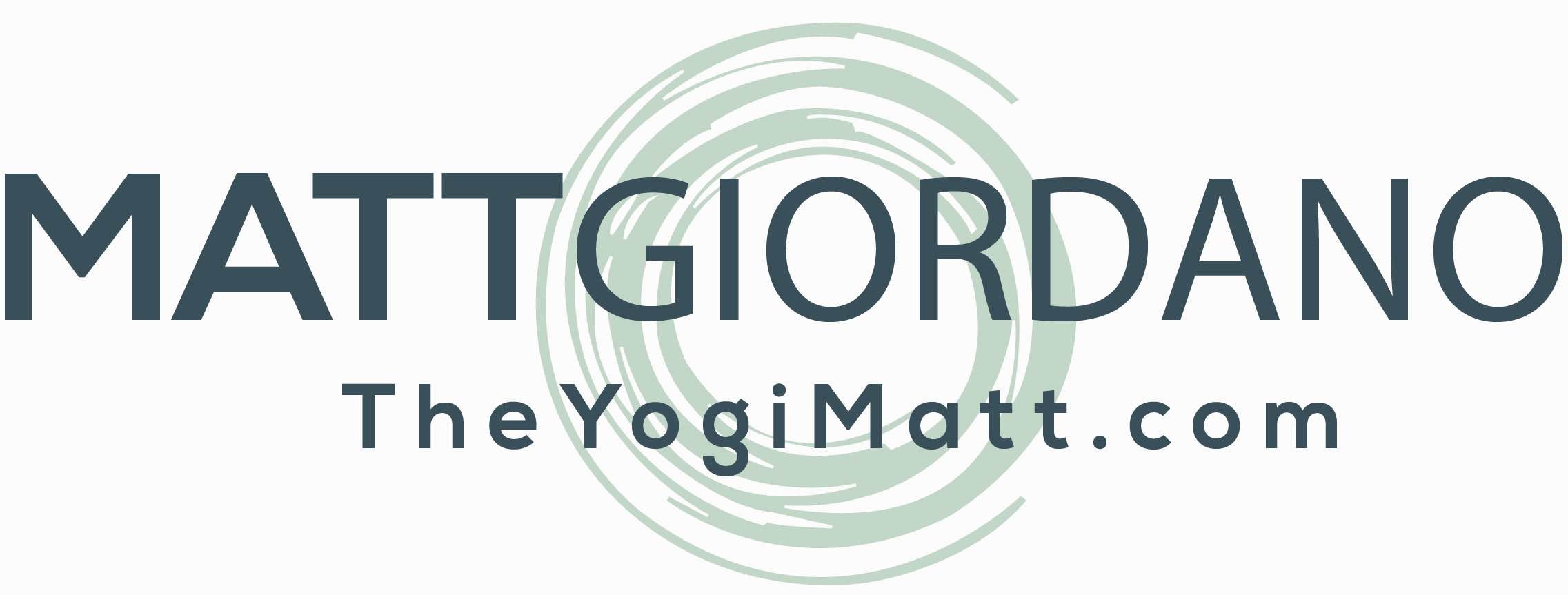

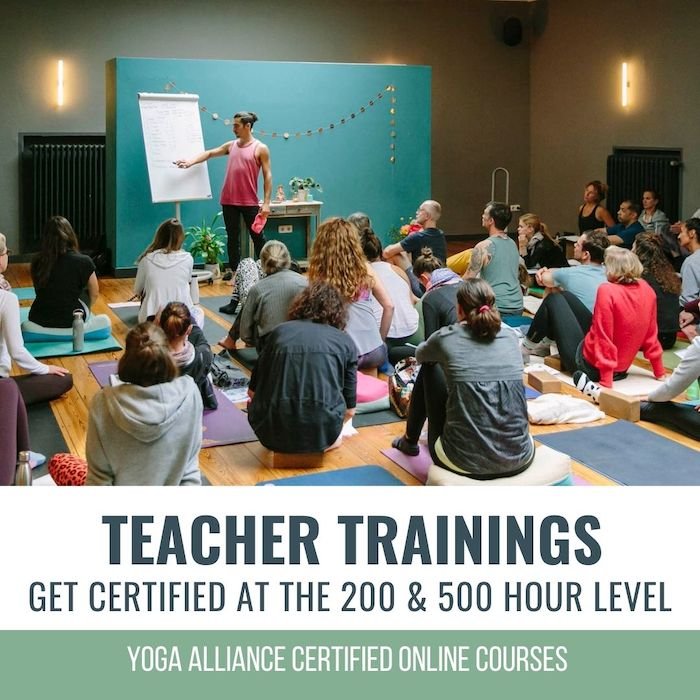
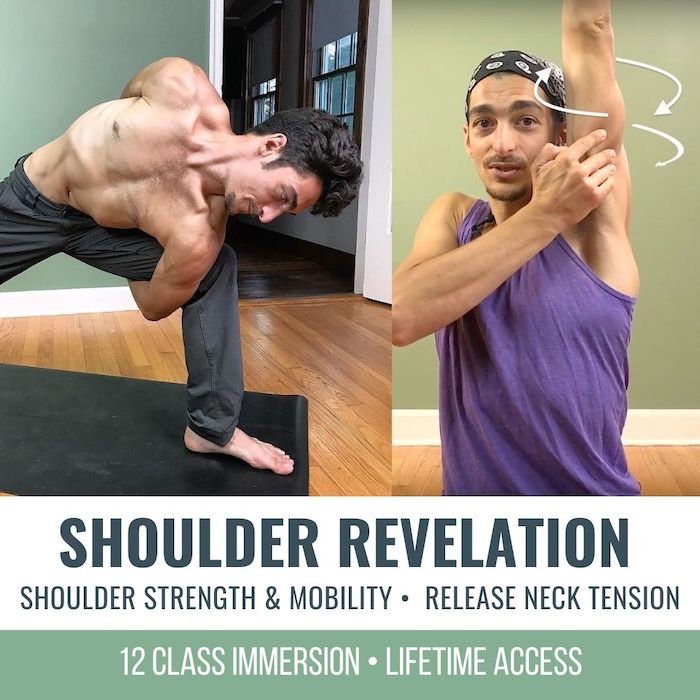
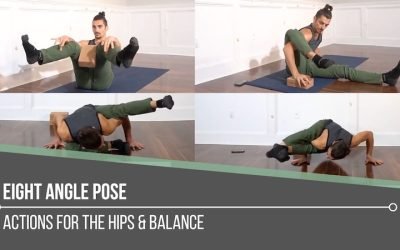
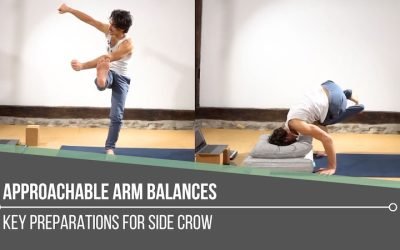
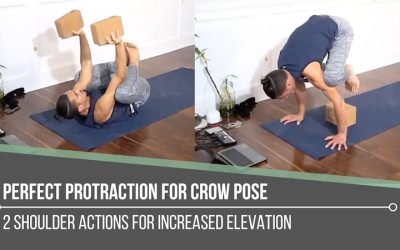
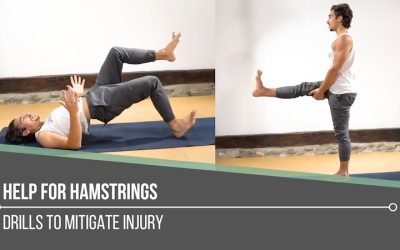
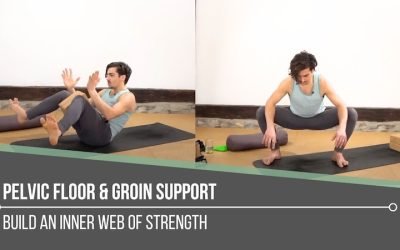



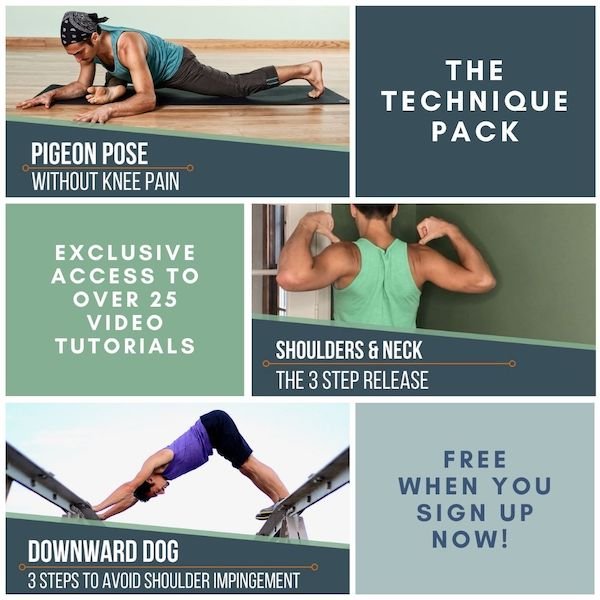
0 Comments